Power & Ethernet Cables
Contents
As with everything in this hobby, the cables you use with your gear matters. And it’s not any different with the Innuos PhoenixNET. I’ve found that the the power and Ethernet cables used with the PhoenixNET primarily impacts the tonal color and density of the music.
Ethernet
As far as Ethernet cables, I’m using The Linear Solution Reference CAT7a as it provides a richer and denser tone. The stock cable had more of a grey glaze but was also more fibrous. In the end, I just preferred the fuller sound of the TLS. FWIW, the choice of input Ethernet cable seems carry more weight in my particular system.
Power Cable
Although a third party power cable isn’t necessary to reap the massive gains of the PhoenixNET, it could improve your listening experience. The stock power cable was leaner than this generic Dell server power cable I have on hand (they’re generic power cables that come with rack servers). The Dell server cable was far denser, fuller, and darker in sound. Vocals were more seated and far more inviting. Just more gravity coming from the phantom center. The downside is a more masked and coated top end with muted flair and shine.
In the end, I settled with the Snake River Audio Cottonmouth Signature for all my digital sources. Including the Innuos music server and Chord DAVE. The Snake River Audio cable had a truer, more natural tone while providing more tangibility and vibrance. This is especially with vocal recordings.
Again, you don’t need third party cables to get the massive sonic gains from the PhoenixNET. But it’s great if you want to tune to your tastes. If you want to get an idea of what type of power cable might work for you, check out my review here and Ethernet cables here.
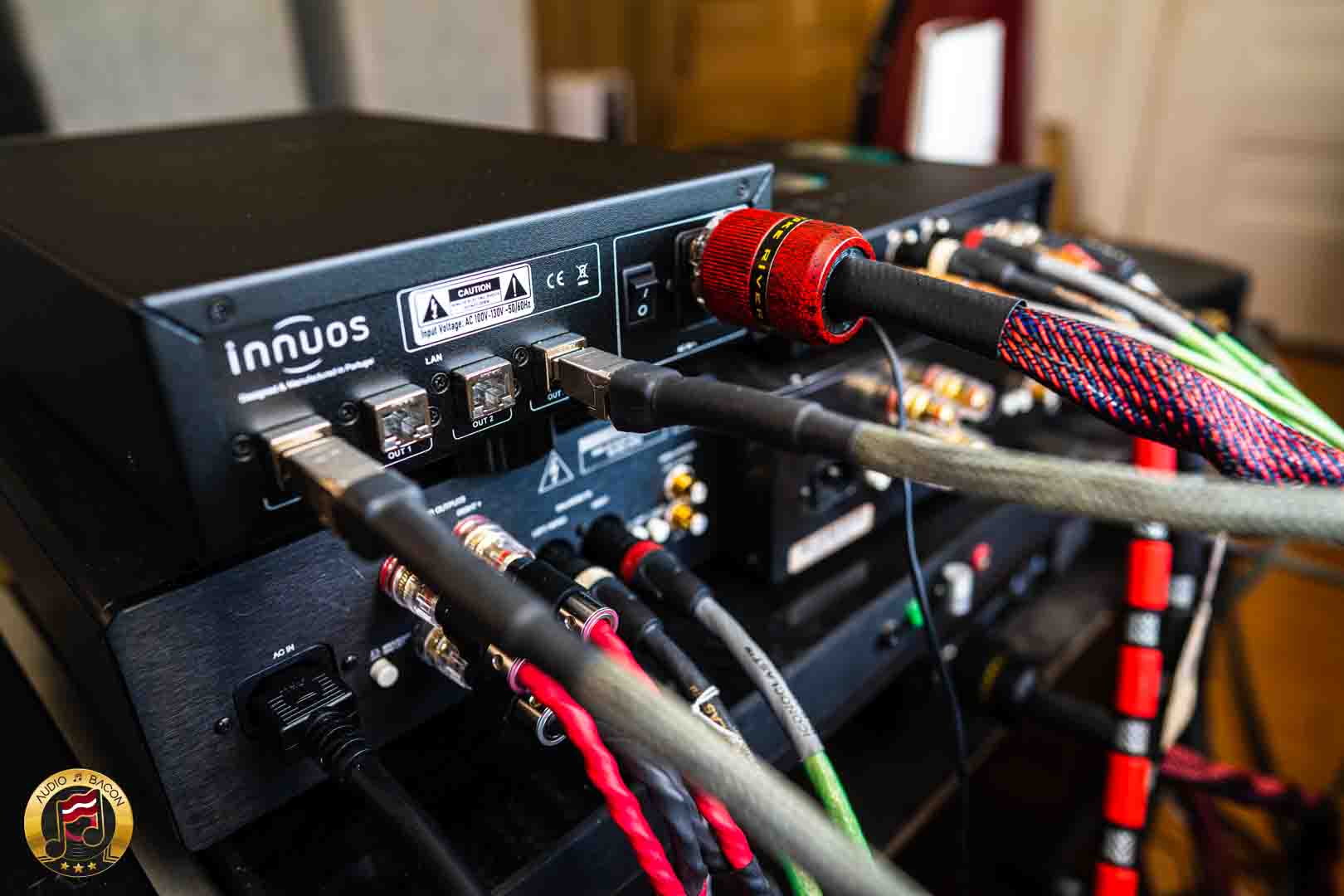
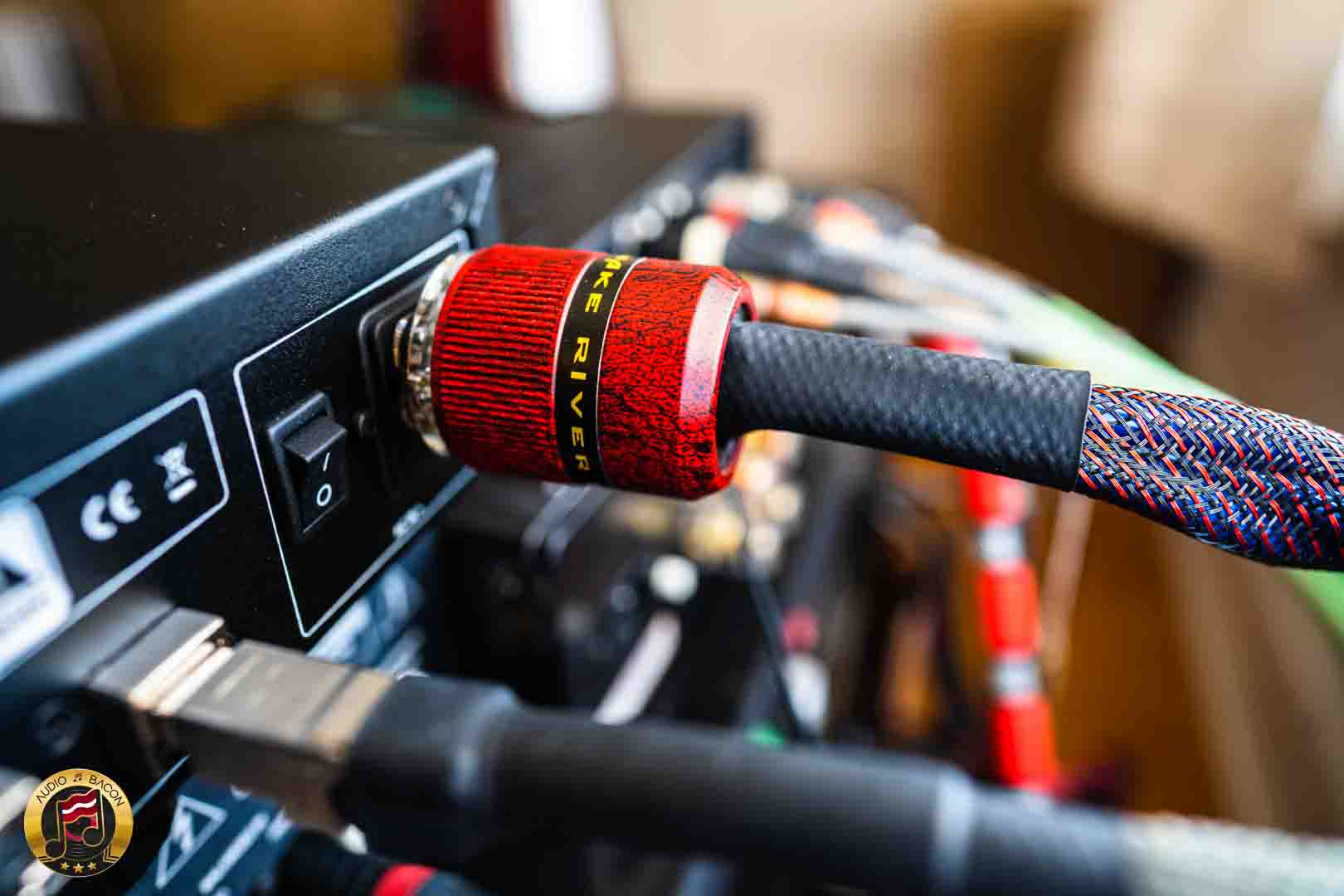
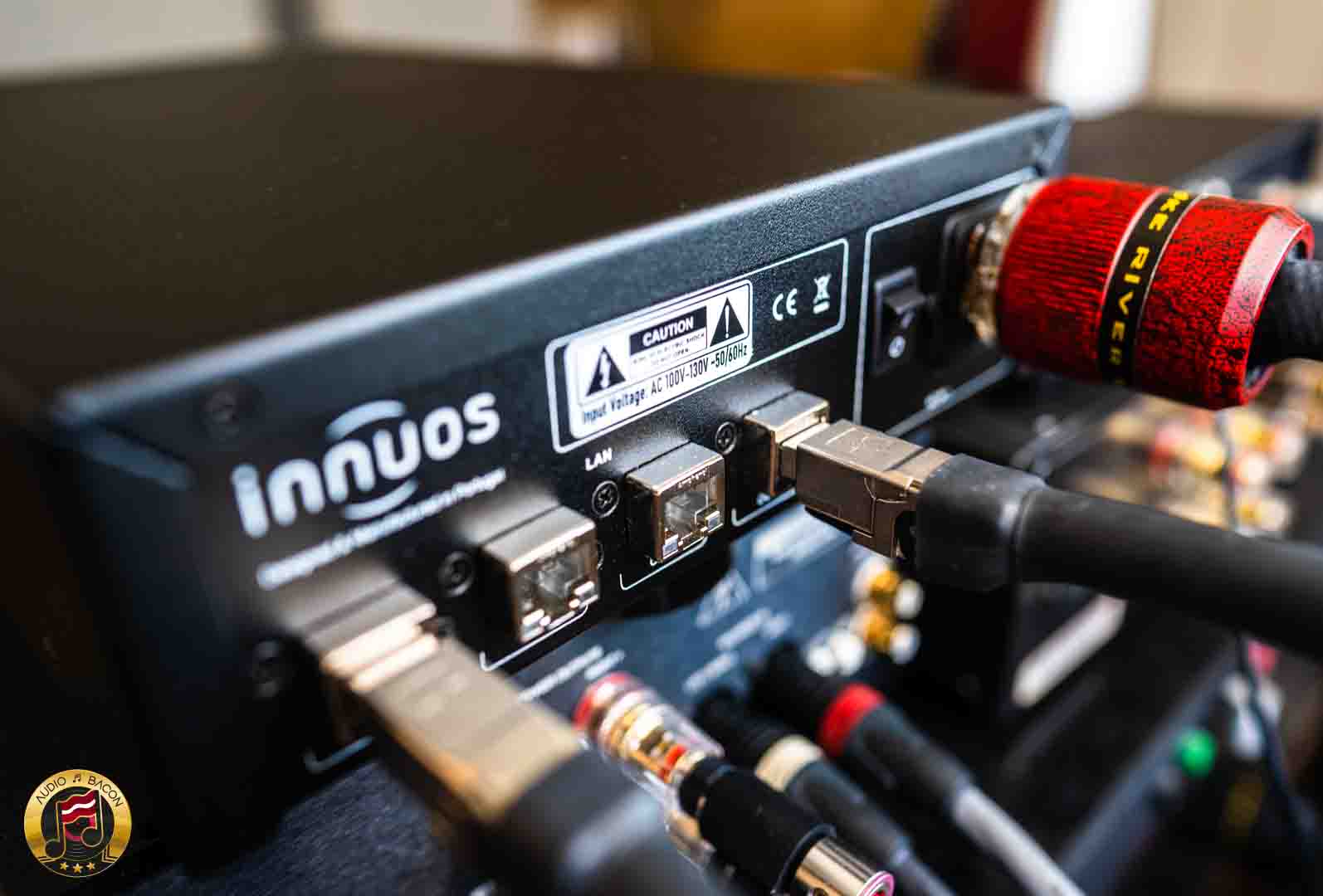
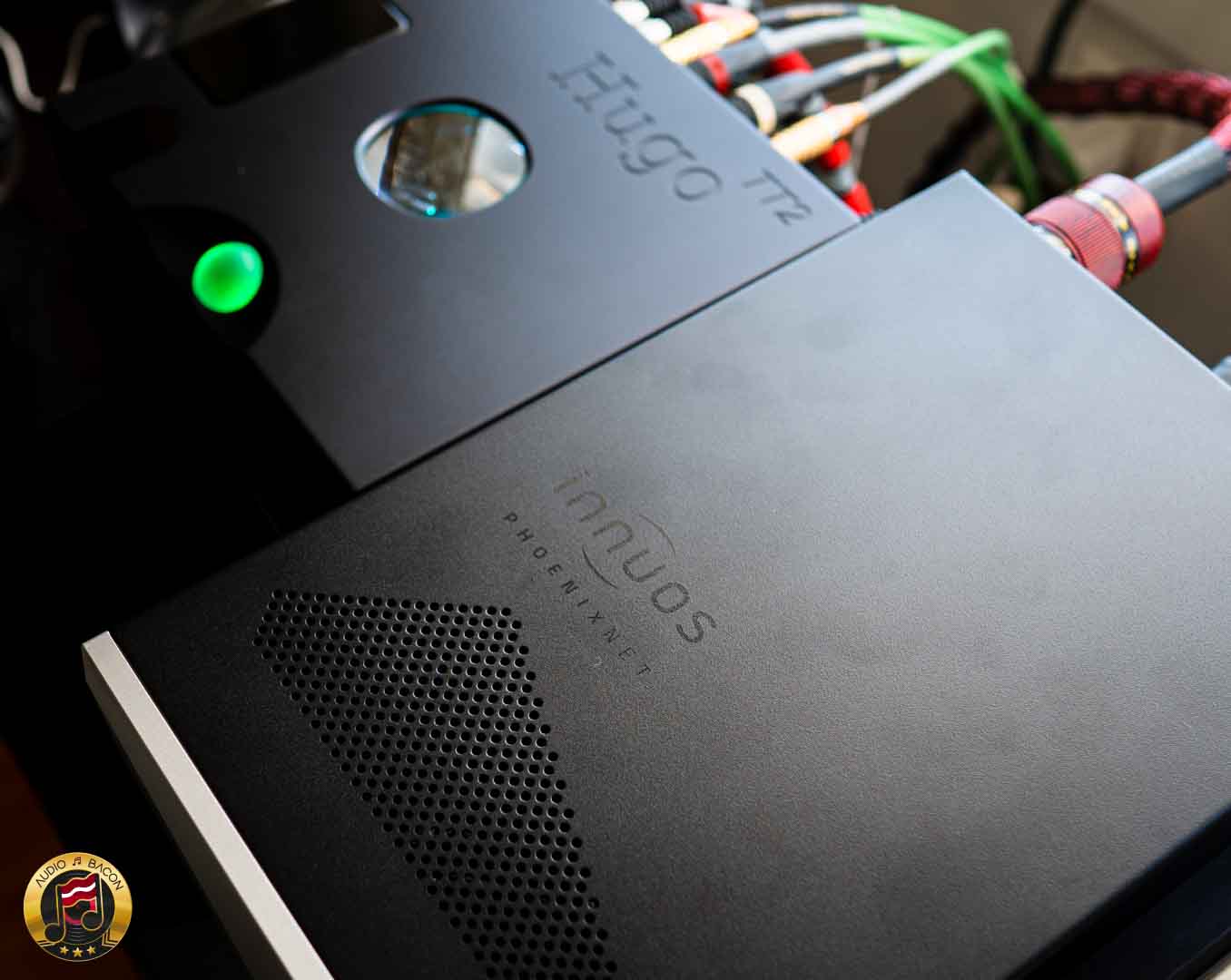

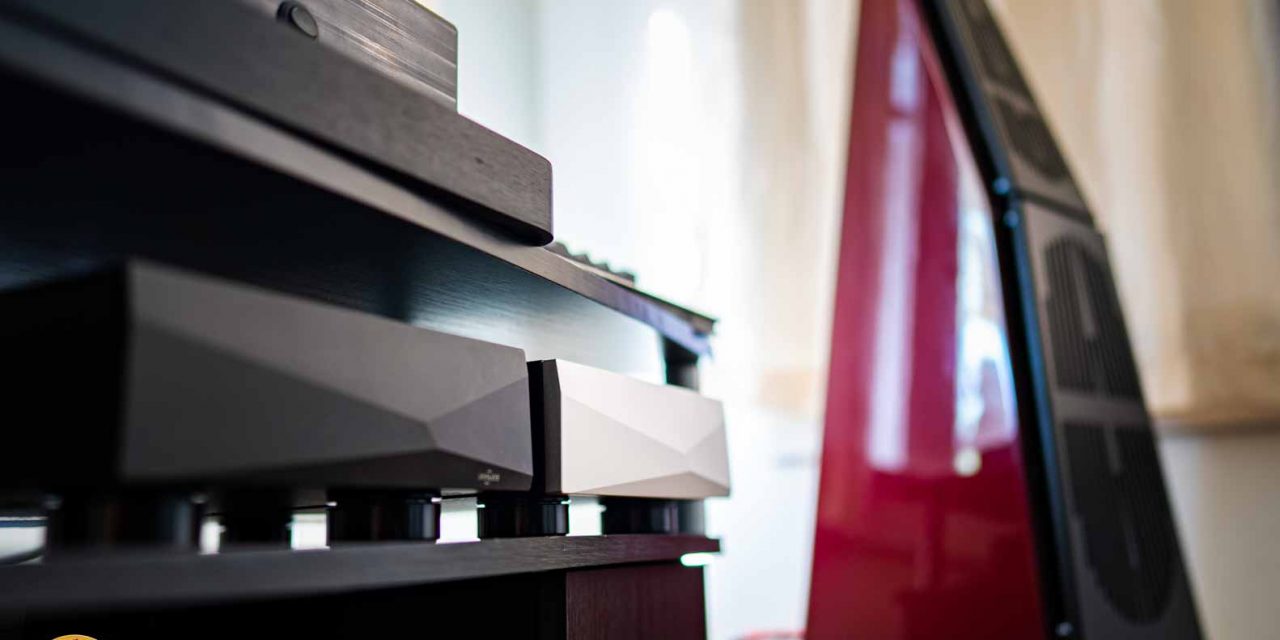



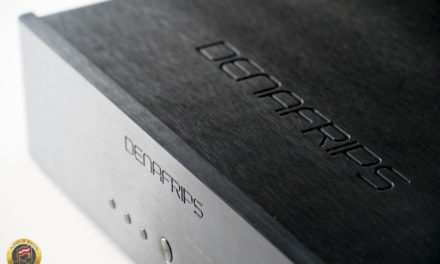



Thanks Jay for the detailed and wonderful review. I also am considering adding this device to my streaming setup. One question, did you ever have the opportunity to try the Gigafoil v4 Ethernet filter in your system? If so, any comments on how it compares to the PhoenixNET?
Thanks again,
Seph
I have not! I’ll have to look into it. Been out of the loop for a while 😉
I wish Innuos would add SFP to their switches. This is the game changer, and without it I will not now consider a product.
SFP doesn’t always sound better though?
Hey Jay, have you compared the QNet? I own the PhoenixNet, and I love it. But Nordost Qnet with their Qsource PSU has me wondering…how it would compare. Thanks for your amazing work as always!!
Hello
what would you rather recommend?SOtM switch with clock connection and main clockVS INNUOS Phoenix switch?Libe greetings, your tests are awesome
How were you powering the SOtM sNH-10G for your comparison Jay?
Personally, would be very curious to hear the relative difference between the Innuos, and the SOtM at a similar price range — say the sNH-10G + sCLK-OCX10 with with a similar level of power supply (DC3/DC4 etc)!
Powered with a Paul Hynes SR7. Generallyn speaking, the Innuos is denser and richer. With the sCLK-OCX10, the resolution is matched more closely but the tonal color is still very different (SOtM being closer to neutral).
Jay, great review. I was wondering if you have any experience with the Uber popular Etherregen switch?
its always nice having reviews for these very niche products, thanks!
It drives me INSANE that i can hear the difference in hard drives for music. Do you have any recommendations for “”music drives””? Im too broke for a streamer haha
You Audiophiles guys really are the biggest pigeons ever.
Sincerely,
As an electrical engineer how could you recommend such scam? Basic electronics, 100Mb, and you said it, 0 and 1…
And people are buying these…
It passes an exact digital copy. The music isn’t fuller, richer and in anyway different than a $100 switch.
Sorry to disappoint you all. If you know networking protocols and have sniffing hardware you can monitor the error rate to prove that it isn’t any better. The timing of the digital music is not controlled by the switching hardware, the data is buffered and the DAC at the end of the digital chain times the data conversion.
Do not forget the 2000$/€ ethernet cable too, otherwise the 0 and 1s will become 2. How stupid can people get?
I have had the PhoenixNet for several years. It made a very large improvement in my chain from the moment it was plugged in (it was already burned in as a demo).
P.S. It looks as if some ASR followers have posted this month. Too bad.
Jay, thanks for your in-depth review. I had a thought about an easy a/b experiment regarding the impact of the PhoenixNet on playback of local files on the server. If you unplugged the ethernet cable from the server, and then played back local files on the server, you should get better sound quality if the LAN is indeed injecting noise. Logically, it should sound comparable to how it sounds with the PhoenixNet engaged. This presumes, of course, that your server can function without LAN-based control. I am getting the PhoenixNet tomorrow, and will try this out. Thanks. — David
That would work if there was a way to communicate to the server without a network connection to it. I think I’ve tried a wireless adapter and it actually sounded worse.